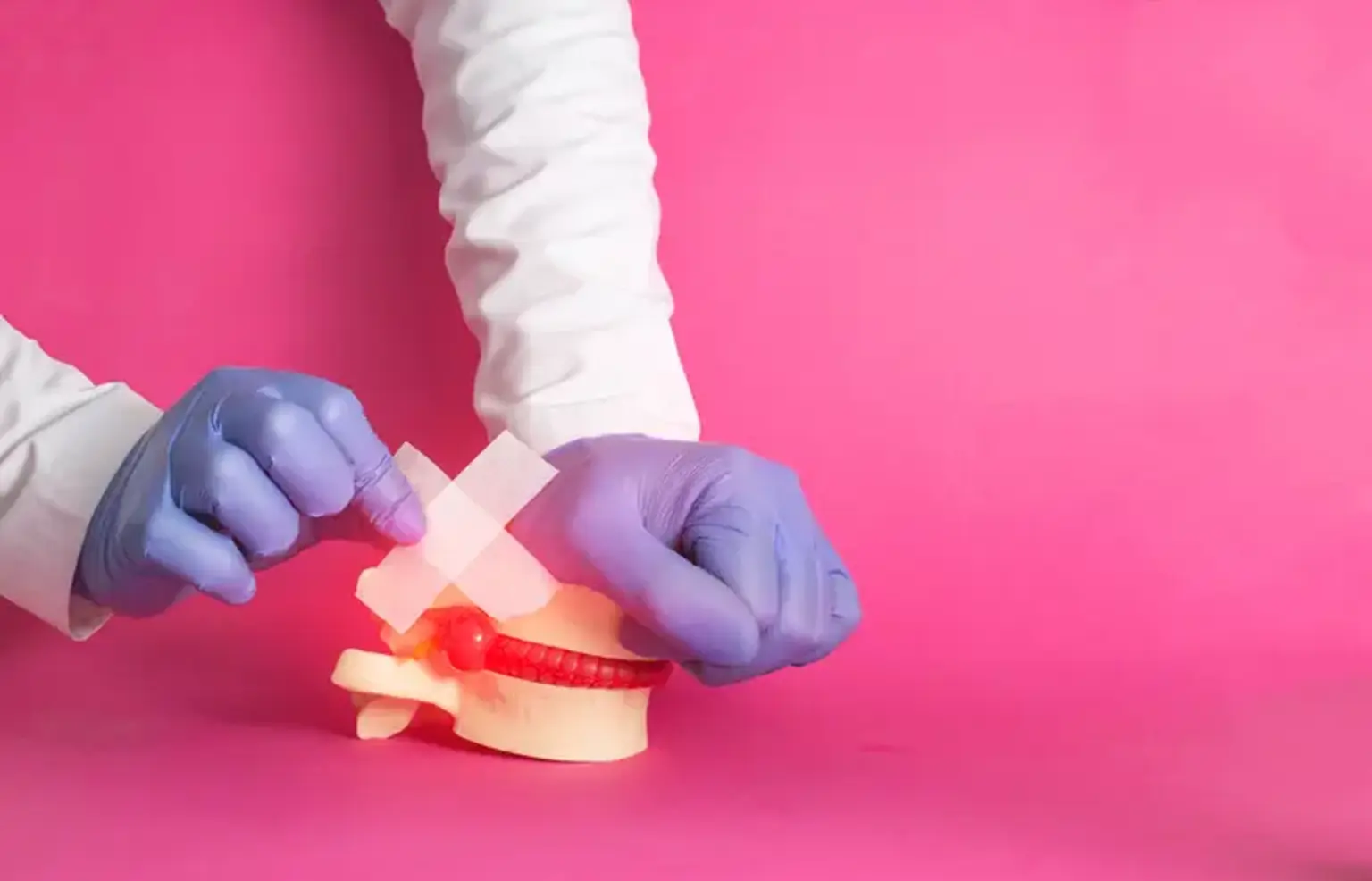Percutaneous Endoscopic Laser Annuloplasty (PELA)
Overview
Patients with persistent low back pain who do not respond to conservative therapy have a significant influence on their economic, psychological, and social activities. Conservative therapy, local treatments, microscopic surgery, and fusion surgery are all alternatives for persistent low back pain that has lasted more than 6 months.
The laser-assisted spinal endoscopy (LASE) kit was utilized for percutaneous intradiscal decompression to evaporate and reduce the posterior and central nucleus in order to alleviate leg and radicular discomfort caused by confined disc herniation. LASE is used to directly coagulate the inflammatory disc granulation tissue associated with annular tears in percutaneous endoscopic laser annuloplasty (PELA), a revolutionary minimally invasive method. The endoscope's tiny diameter, which includes a YAG laser, irrigation, and illumination, as well as the extreme posterolateral approach into the posterior annulus, allow for little injury to normal nuclear tissue.
The clinical effects of PELA were studied in individuals with discogenic low back pain (DLBP) caused by an annulus-torn degenerative disc or a confined disc herniation.
